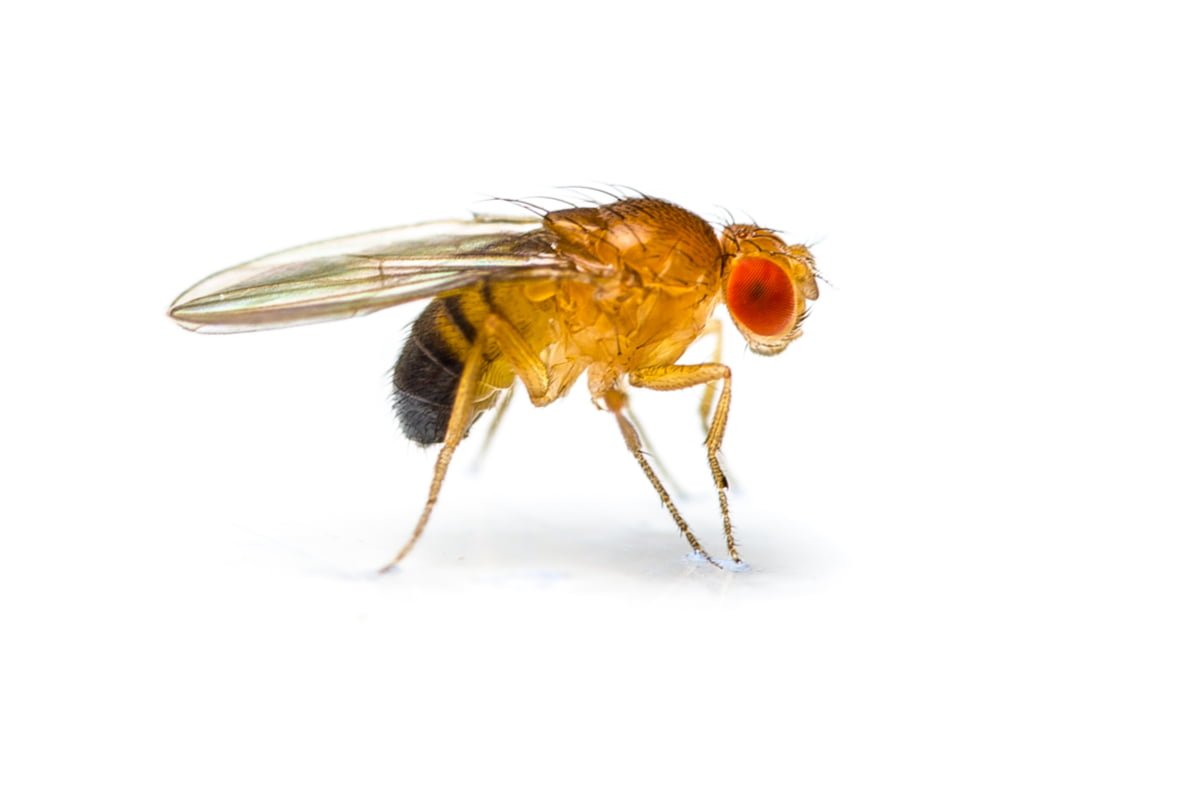Fruit Flies
Appearance
Fruit flies, also called drosophila, have a yellowish-brown body with black bands on the abdomen measuring between 2 mm and 2.5 mm in length. This winged insect has 6 short legs. The head has two large compound brick-red eyes that cover almost the entire surface and very small antennas.
Think you might have found this insect in your home?
Talk with an Expert
Life Cycle
Females lay about 400 eggs in rotting fruit, on a fermenting fruit or vegetable; or in a damp place. In ideal conditions, the fruit fly goes from egg to adulthood in 8 days. Females can reproduce 4 times during their lifespan of about 4 weeks.
Habitat and Food
Fruit flies are attracted by rotting fruit and vegetables. They can also consume soft drinks, alcohol, ice cream, fermenting flour, as well as containers with waste and recyclable materials inside. They are attracted to light and moisture, so are often found near windows and in bathrooms.
Undesirable Effects
Since the fruit fly is often in contact with all kinds of bacteria and wanders about on people and their food, they could transmit diseases. As in the case of any parasite, a fruit fly infestation is unpleasant for the occupants.
Signs of Infestation
Fruit flies around fermenting food or beverages, as well as in bathrooms or around windows are signs of an infestation.
Preparation Steps for a Treatment
- Empty all bins, especially those containing organic waste.
- Block all holes and make sure to install window screens (in good condition) wherever possible.
- Do the recommended cleaning before treatment.
- Plan that an AJS specialist could place fly traps in your home. These fly traps should not be moved.